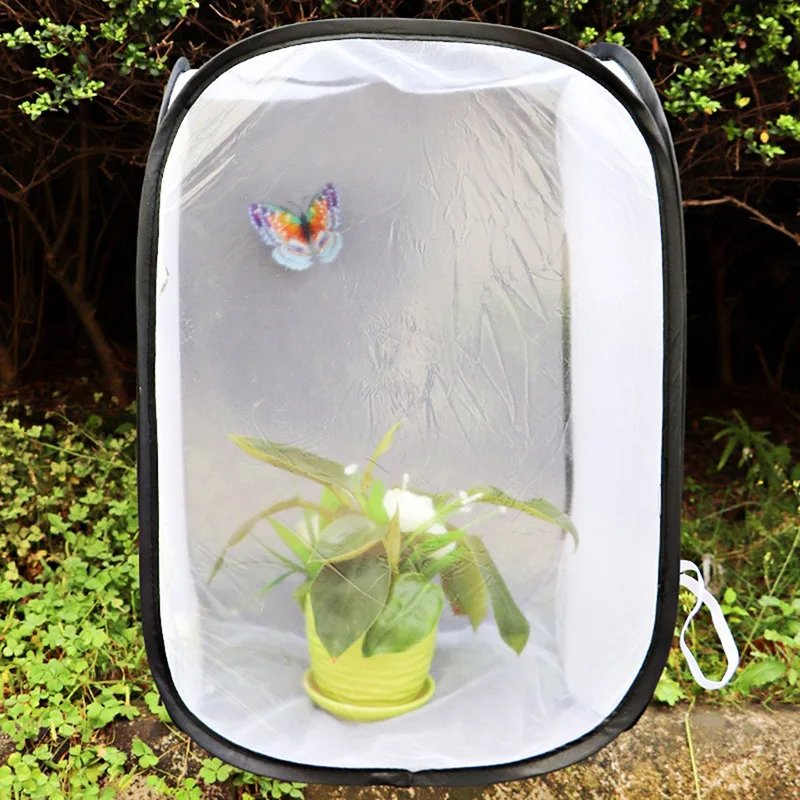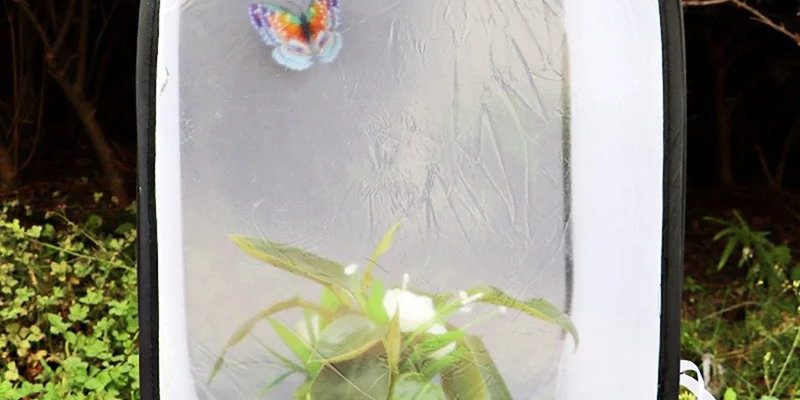
This article is all about helping you set up the perfect enclosure, whether you’re a teacher looking to engage your classroom or a hobbyist wanting to try your hand at this rewarding pastime. You’ll want to consider aspects like size, materials, and ventilation, as well as how to keep your silkworms safe and happy. By the end, you’ll have a clear understanding of how to create a thriving habitat for your silkworms.
Why Choose Silkworms for Educational Projects?
Silkworms are not just cool insects; they’re also fantastic for educational purposes. They can teach students about life cycles, biology, and even the silk-making process. Imagine watching them grow from tiny eggs into full-grown caterpillars and then witnessing the magic of transformation as they pupate into moths. It’s like a real-life science experiment unfolding in front of your eyes!
Moreover, silkworms are relatively low-maintenance. They don’t require elaborate setups and are forgiving when it comes to care. For schools, this means less stress for teachers and more hands-on learning for kids. You might be wondering how all this fits into a school curriculum. Well, think about integrating lessons in ecology, anatomy, and even sustainability—silkworms touch on so many topics, making them a versatile choice for classrooms.
For hobbyists, they offer a sense of accomplishment. Whether you’re a budding entomologist or just looking for a fun project, raising silkworms can be deeply rewarding. Plus, you might find yourself fascinated by their behaviors and lifecycle, leading to hours of joyful observation.
Choosing the Right Enclosure Size
When it comes to enclosures, size truly matters. A proper **silkworm-friendly enclosure** needs enough space for them to grow and move around without feeling cramped. For younger silkworms, a small container might suffice. However, as they mature, you’ll want to upgrade to something larger.
A common recommendation is to start with a container that’s at least 12 inches long and 8 inches wide for a small batch of silkworms. If you plan to raise about 100 silkworms, consider a bigger setup—around 24 inches long and 12 inches wide will give them room to spread out and eat.
While oversized containers can seem appealing, they can create problems with humidity and temperature control. You want to strike a balance—not too small, but not so big that you have to overcompensate with heating or humidity systems.
Materials for Building Your Enclosure
Now, let’s talk about materials. The good news is that you can create an **enclosure** using several different options. The most popular choices include plastic containers, wooden boxes, and even mesh screens. Each material has its own pros and cons, so let’s break them down.
- Plastic Containers: They’re lightweight, easy to clean, and often come with lids that provide good ventilation. Just ensure there’s enough airflow to prevent stagnation.
- Wooden Boxes: These offer a more natural appearance and good insulation. However, they can be harder to clean and might retain moisture if not sealed properly.
- Mesh Screens: These are excellent for ventilation but need to be combined with some other materials to hold food and cocoons.
Choosing the right material often comes down to personal preference and the specific needs of your silkworms. Whichever you choose, just remember that maintaining the right environment is key to their survival.
Ventilation: A Vital Component
Let me explain why ventilation is essential in a silkworm enclosure. Silkworms are sensitive to air quality and can suffer if the enclosure doesn’t allow for proper airflow. Stagnant air can lead to mold growth, which is dangerous for your silkworms.
To ensure good ventilation, consider using an enclosure with holes or mesh. If you’re working with a solid-sided box, you can drill small holes in the sides or top to allow air to flow. Just be careful not to make the holes too large or your silkworms might escape!
Another tip is to keep the enclosure in a well-ventilated room, away from drafts or direct sunlight. Temperature fluctuations can stress them out, so creating a stable environment will help them thrive.
Humidity and Temperature Control
Humidity and temperature are critical for the health of your silkworms. They thrive in a humid environment, ideally between 50-70% humidity. If you’re in a dry climate, you might need to mist the enclosure lightly with water to maintain moisture levels. Just don’t overdo it! Too much water can lead to mold, which silkworms definitely don’t like.
Temperature is another important factor. The sweet spot for silkworms is between 70°F and 80°F (about 21°C to 27°C). If your home tends to get colder, you might consider using a heat lamp or a warming pad under the enclosure. Just make sure that it doesn’t heat the enclosure too much—temperature control is all about balance!
Feeding Your Silkworms: The Basics
Feeding silkworms is pretty straightforward. They thrive on a diet of mulberry leaves, which are their natural food source. If you don’t have access to fresh leaves, you can also find mulberry leaf powder or pre-packaged silkworm feed in stores.
It’s essential to feed them regularly, especially when they’re in their growing stages. Young silkworms eat a lot, so you’ll need to provide fresh food daily. As they continue to grow, they’ll consume more and more leaves, so be prepared!
Here’s a quick feeding schedule:
- Days 1-4: Offer small, fresh mulberry leaves twice a day.
- Days 5-10: Increase the amount and frequency as they grow.
- After Day 10: Feed them as much as they can eat in a day, which can be quite a bit!
This is an exciting time to observe them growing bigger and preparing for their cocooning phase. Remember, happy silkworms make for a fun and engaging project!
Common Troubleshooting Tips for Your Enclosure
It’s normal to encounter some hiccups while setting up your silkworm enclosure. Here are a few common problems and their solutions.
First, if you notice your silkworms are becoming sluggish or aren’t eating, check the humidity and temperature levels. These little critters can be picky!
Next, if you see mold forming, don’t panic—it happens sometimes. Remove the affected areas and control the moisture by adjusting how much you mist.
Lastly, if you ever find a silkworm trying to escape, it may be a sign that your enclosure needs better ventilation or escape-proofing.
Using these tips can make your journey smoother and more enjoyable.
Final Thoughts on Silkworm Enclosures
Setting up a silkworm-friendly enclosure can be a fun and educational experience for both schools and hobbyists. With the right size, materials, ventilation, and care, you’ll create a thriving haven for these fascinating creatures. Whether you’re teaching children about biology or exploring a new hobby, raising silkworms is sure to be a rewarding journey.
So, gather your supplies, get your enclosure ready, and dive into the world of silkworms! You’ll be amazed at what you can learn as you watch these little wonders grow and transform. Happy raising!

